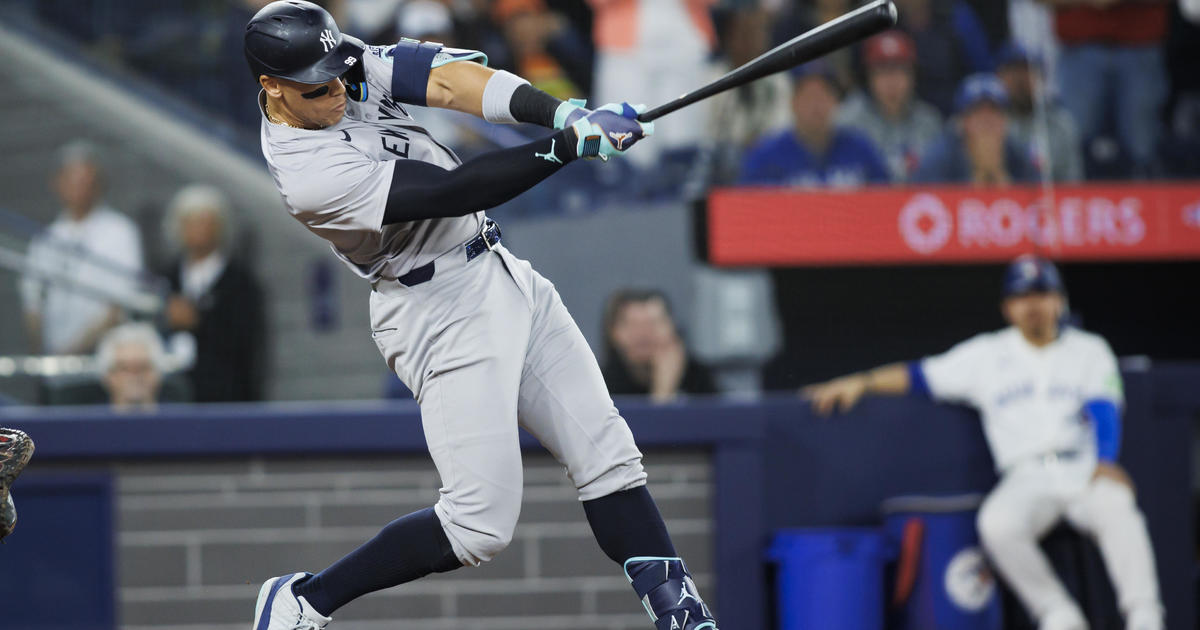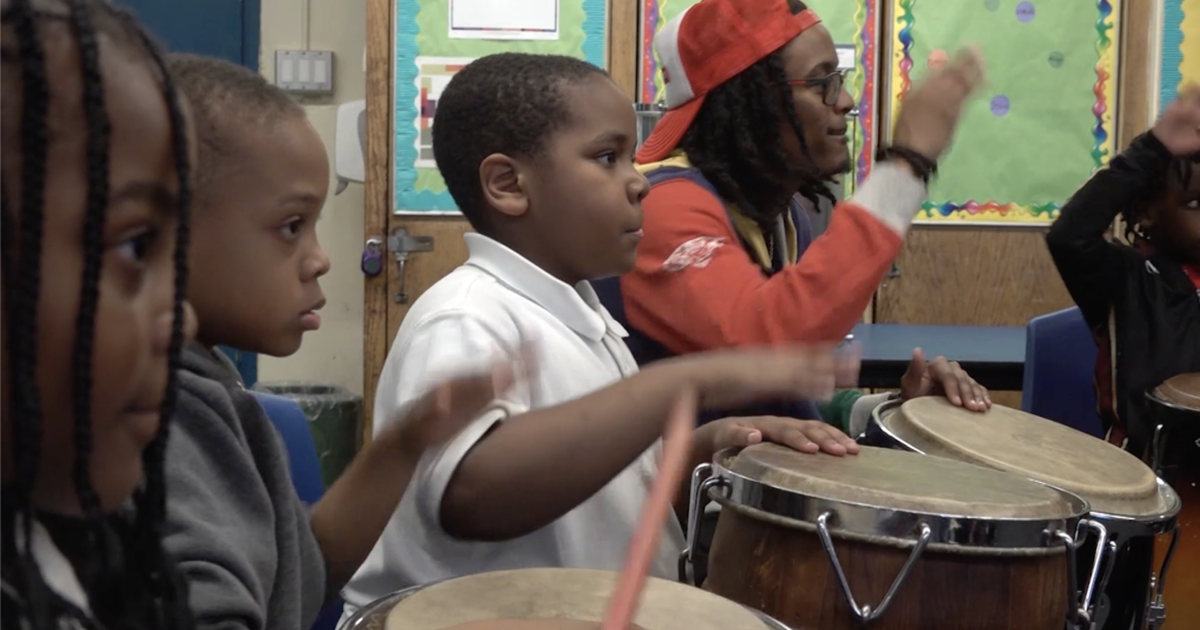Sims: 10 Days Seems Like Too Short A DL Stint For Yankees' Sanchez
By Abby Sims
» More Columns
Gary Sanchez, the Yankees' young star catcher and budding power hitter extraordinaire, evidently sustained what has been called a right biceps strain while fouling off a 97-mph fastball during the fifth inning of Saturday's 5-4 loss in Baltimore.
He exited the field after a painful practice swing, and has yet to undergo a complete diagnostic work-up to determine the extent of the injury. MLB.com reported Sanchez claimed "it felt kind of like when you pull a hamstring."
By Sunday, it was noted that he was feeling somewhat better, which is a great sign. Sanchez was placed on the 10 day disabled list pending further assessment. We'll know more about Sanchez's injury after an MRI, but what we do know is that it is his elbow -- the distal (lowermost) end of the tendon -- that is in pain, rather than the uppermost portion at the shoulder.
Here's a little about the biceps muscle: It derives its name because it has two heads, each of which has a different attachment at its origin in the shoulder region. The long head of the biceps attaches in the shoulder joint (at the supraglenoid tubercle), while the shorter head originates at the coracoid, a bony process that juts forward from the scapula (shoulder blade) and lies under the clavicle (collar bone). The muscle provides a degree of stability at the shoulder by depressing the head of the humerus, preventing it from riding upward, which would cause impingement on the structures in that region.
Both heads of the biceps converge to attach at their distal end to two sites at the upper portion of the radius (one of the two bones at the forearm). So, in other words, there are two proximal biceps tendons in the shoulder region and only one at the distal end near the elbow.
The primary functions of the biceps are to flex the elbow and to supinate the forearm (rotate it to turn the palm forward/upward, as if turning a doorknob). It also contributes, secondarily, to flexing the shoulder.
Muscle strain: Sanchez was diagnosed with a strain and, like ligament sprains, these types of injures are graded from 1 to 3 with a Grade 1 being a tweak to the muscle/tendon, and a Grade 3 being a complete rupture. So the question that remains is how much damage was done, and how long will it take him to respond to treatment and be back on the field?
Distal biceps injury at the elbow region: These are less common than those to the proximal biceps at the shoulder. Ruptures to the distal tendon, which occur primarily on the dominant side, cause elbow flexion and supination weakness to a greater extent than proximal injury because the entire muscle complex is disrupted. Thus there is a greater functional deficit. However, there are other muscles that contribute to elbow flexion and supination, so some function is maintained.
In the event of a complete rupture, treatment can be either conservative, likely resulting in long term or chronic pain and weakness, or surgical. It is also possible to have a partial rupture (Grade 2), after which the sufferer is predisposed to biceps tendonitis and compression of the median nerve.
Proximal biceps injury: Biceps tendonitis often occurs in the presence of rotator cuff inflammation and tears, and about half of all biceps ruptures occur in the long head, usually in the shoulder joint or in a groove (intertubercular groove) that houses the tendon in the front of the shoulder area.
Since one of the biceps heads generally remains intact with this injury, function is only minimally impacted in the event of rupture, and treatment is most often non-surgical. When surgical intervention is indicated -- largely due to pain -- the tendon is either detached from the glenoid labrum in the shoulder joint and reattached elsewhere at the upper humerus (tenodesis), or the attachment to the humerus is simply severed (tenotomy).
The best-case scenario for Sanchez is a very mild Grade 1 strain. In all likelihood though, 10 days off will not be enough.
Abby Sims is a licensed physical therapist with vast experience evaluating and treating orthopedic, sports and dance injuries. Follow her on Twitter @abcsims




